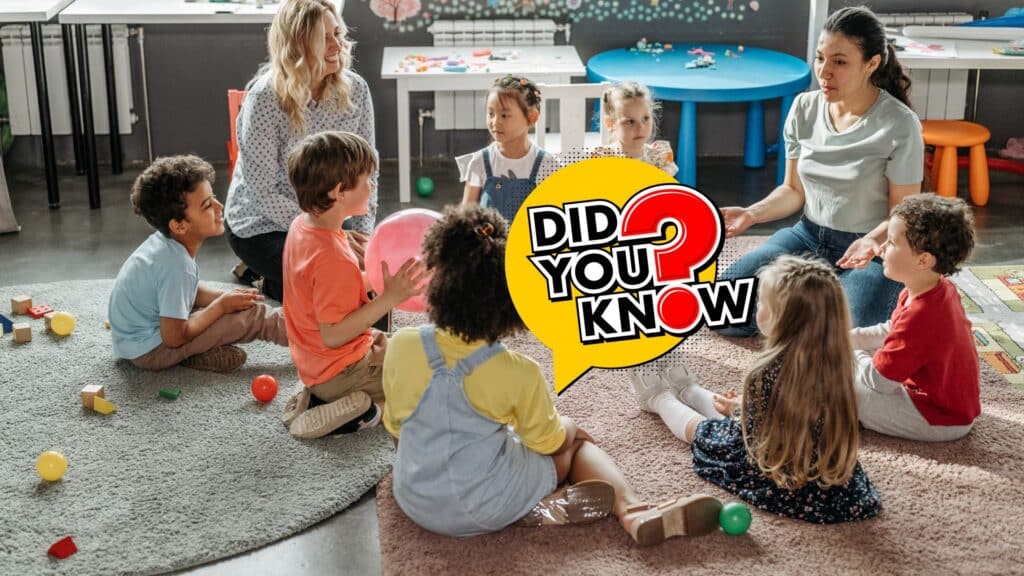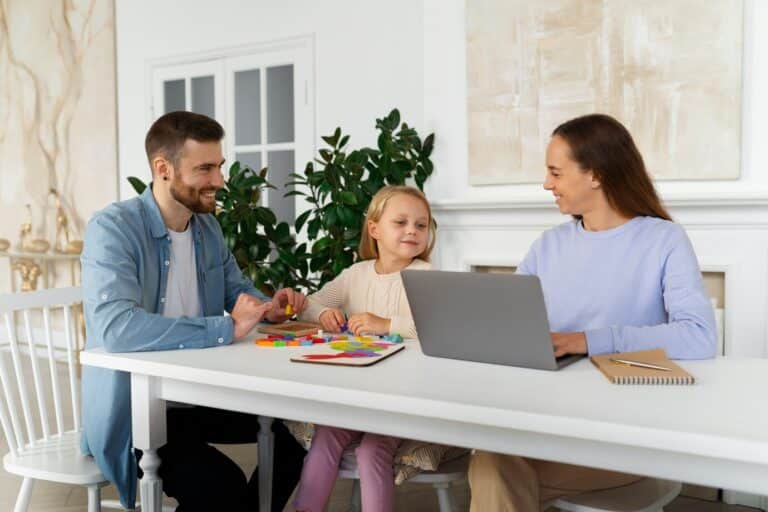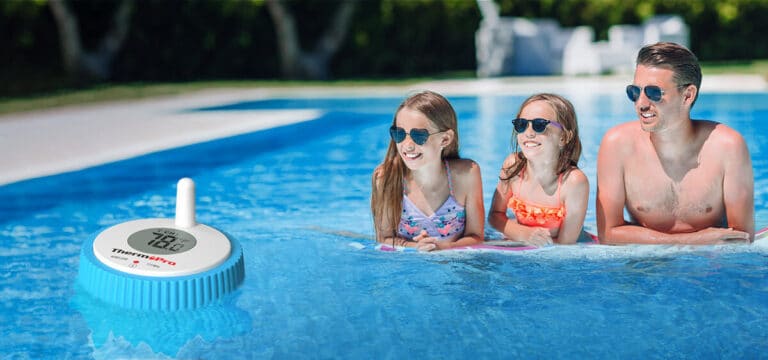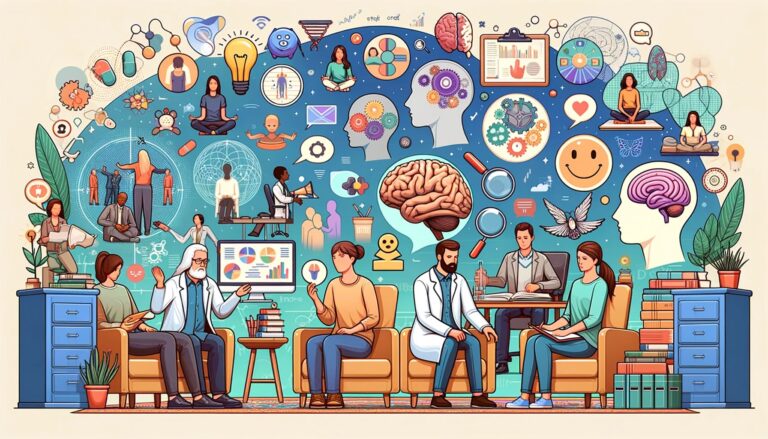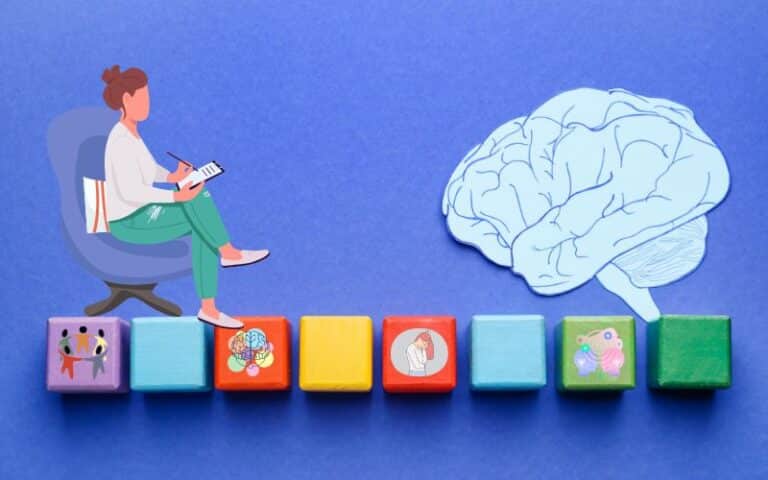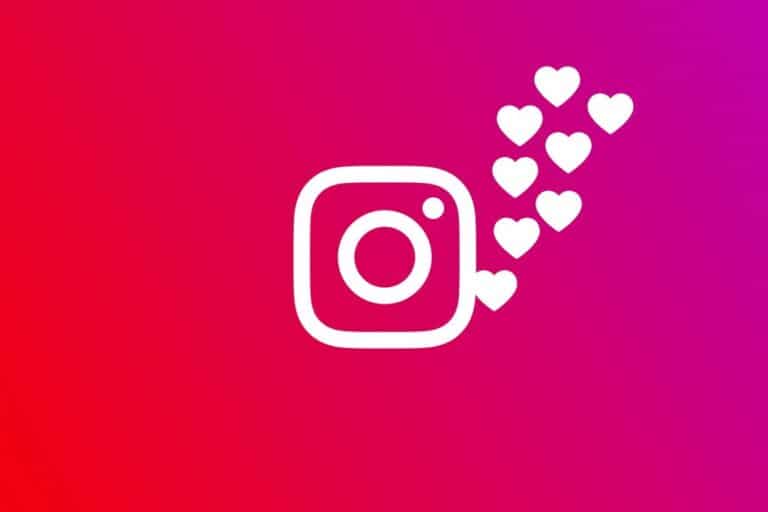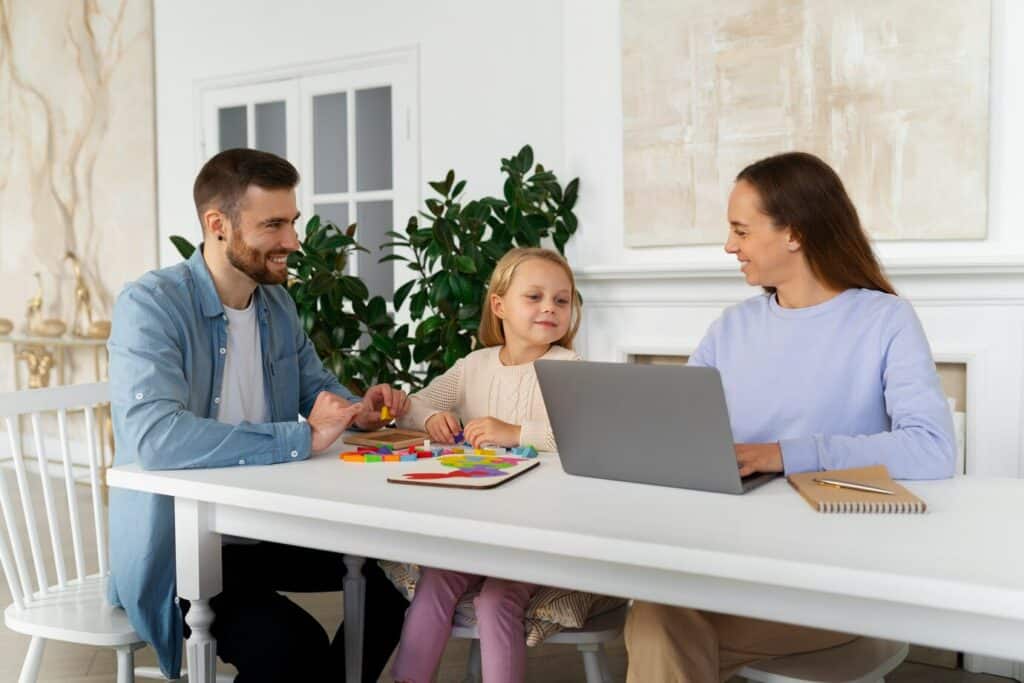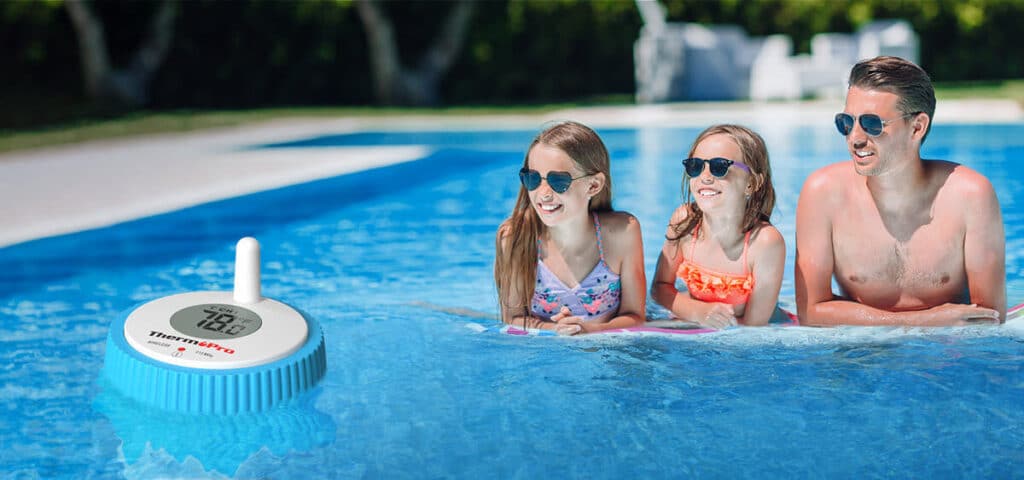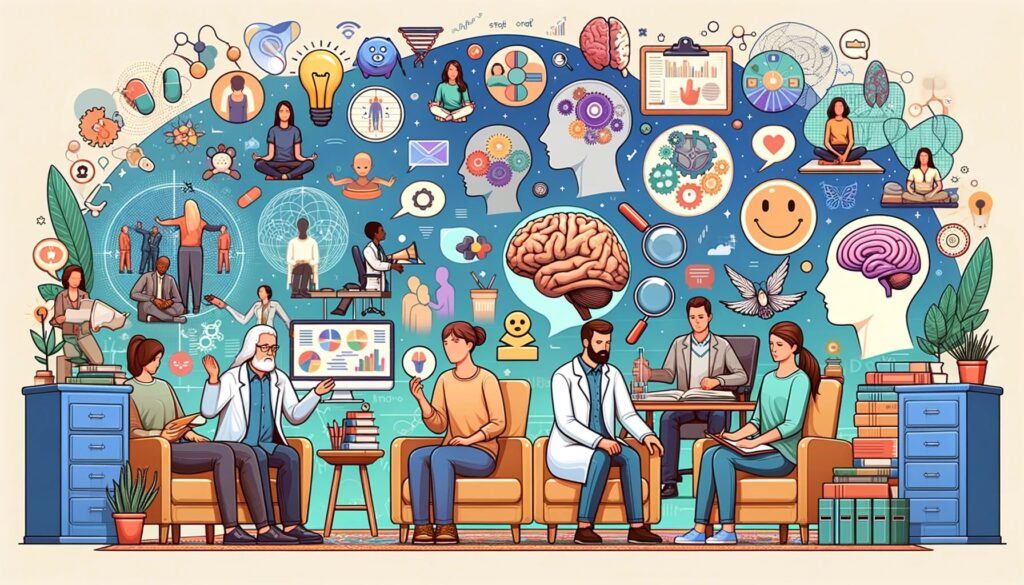Want to engage your kindergartener in a fun, educational way?
Finding activities that capture their attention can be a struggle, especially when they are short on time and ideas. That’s where trivia comes in!
Trivia questions are a great way to pique your child’s curiosity, encourage learning, and create memorable bonding moments.
In this article, we’ve compiled a list of over 171+ interesting and age-appropriate kindergarten trivia facts covering a wide range of topics.
Get ready to spend quality time with your kindergartener while helping them expand their knowledge in a fun, interactive way.
Let’s dive into the world of kindergarten trivia!
Super Fun Kindergarten Trivia Questions & Answers
History of Kindergarten
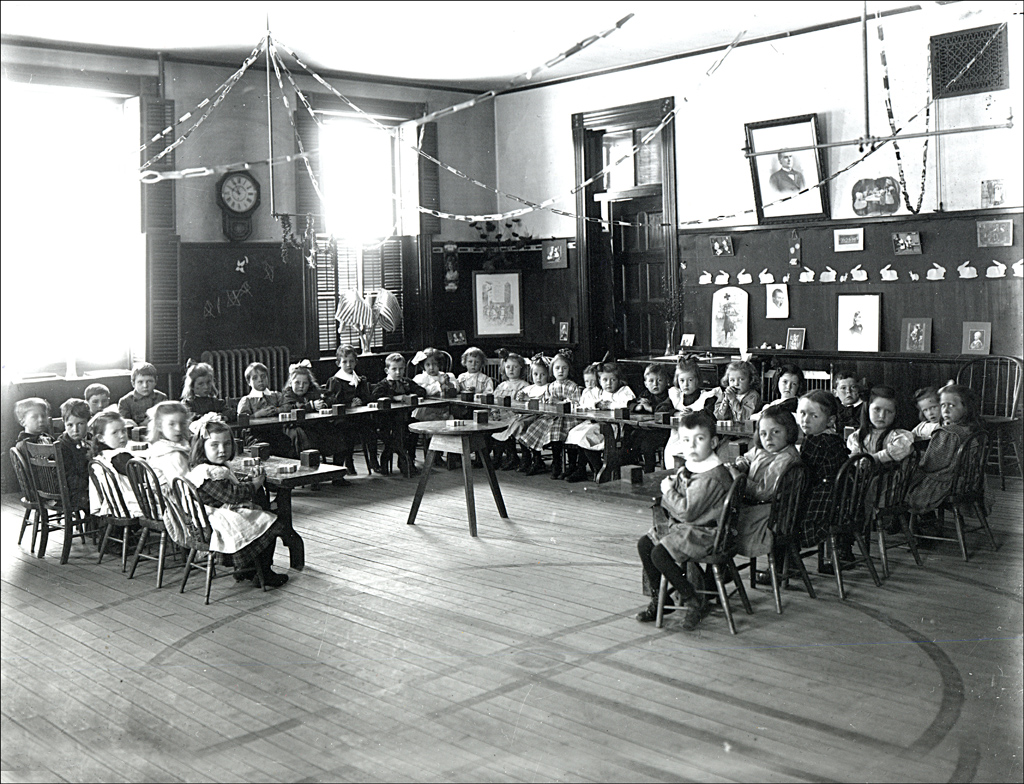
-
Who is credited with founding the first kindergarten?
A: German educator Friedrich Froebel established the first kindergarten in 1837. -
What was the original name of the kindergarten?
A: Froebel called it “Kindergarten,” which means “children’s garden” in German. -
In which country was the first public kindergarten established?
A: The first public kindergarten was opened in the United States in 1873 in St. Louis, Missouri. -
Who is considered the “Mother of Kindergarten” in the United States?
A: Elizabeth Peabody opened the first English-language kindergarten in America in 1860. -
What was the primary focus of early kindergartens?
A: Early kindergartens focused on play-based learning and socialization. -
Who introduced the concept of “gifts” in kindergarten education?
A: Friedrich Froebel designed a series of educational toys called “gifts” for young children. -
What were the “occupations” in Froebel’s kindergarten system?
A: “Occupations” were activities like weaving, folding, and sewing that promoted fine motor skills. -
Who is credited with spreading the kindergarten movement in the United States?
A: Susan Elizabeth Blow, who studied under Froebel’s student Maria Kraus-Boelté, established the first public kindergarten in the U.S. -
What was the purpose of the “Morning Circle” in early kindergartens?
A: The “Morning Circle” was a time for children to gather, sing songs, and participate in group activities. -
Who wrote the book “The Kindergarten Curriculum” in 1919?
A: Patty Smith Hill is an American educator and a key figure in developing kindergarten education. -
What was the name of the first kindergarten opened in England?
A: Johannes and Bertha Ronge opened the first English kindergarten in London in 1851. -
Who established the first kindergarten in Japan?
A: Fuyu Toyoda, a Japanese educator, opened the first kindergarten in Japan in 1876. -
What was the main principle behind Maria Montessori’s approach to early childhood education?
A: Montessori believed in fostering independence and self-directed learning in young children. -
Who created the “Kindergarten Movement” in the United States?
A: Elizabeth Peabody and Susan Elizabeth Blow were instrumental in promoting kindergartens across the U.S. -
What was the name of the first public school to include a kindergarten program?
A: The first public school in the United States to include a kindergarten was the Des Peres School in St. Louis, Missouri. -
Who introduced the concept of “kindergarten training schools” for teachers?
A: Elizabeth Peabody established the first kindergarten training school in the United States. -
What was the role of “kindergarten associations” in the early 20th century?
A: Kindergarten associations helped establish and fund kindergartens in communities across the U.S. -
Who wrote the book “The Kindergarten Guide” in 1877?
A: Maria Kraus-Boelté and John Kraus co-authored “The Kindergarten Guide,” an influential book on kindergarten education. -
What was the name of the first African American kindergarten teacher in the United States?
A: Mary Church Terrell became the U.S.’s first African American kindergarten teacher in 1895. -
Who introduced the concept of “free play” in kindergarten?
A: Susan Elizabeth Blow advocated for the importance of free play in kindergarten education. -
What was the name of the first kindergarten opened in Australia?
A: The first Australian kindergarten was opened by Maybanke Anderson in Sydney in 1895. -
Who established the first public kindergarten in Canada?
A: The first public kindergarten in Canada was opened in Toronto in 1883 by Ada Marean Hughes. -
What was the name of the first kindergarten opened in New Zealand?
A: Learmonth Dalrymple opened the first New Zealand kindergarten in Dunedin in 1889. -
Who introduced the concept of “kindergarten as a separate institution” in Germany?
A: Friedrich Froebel advocated for kindergartens as separate institutions for young children. -
What was the name of the first kindergarten opened in South Africa?
A: Agnes Templer opened the first South African kindergarten in Cape Town in 1894. -
In which country is it customary for children to bring a large cone filled with treats on their first day of kindergarten?
A: In Germany, children bring a “Schultüte,” a large cone filled with sweets and small gifts, on their first day of kindergarten. -
What is the average age for children to start kindergarten in the United States?
A: In the U.S., children typically start kindergarten at 5. -
How many hours do most kindergarten programs last in the United States?
A: Most kindergarten programs in the U.S. are either half-day (around 3 hours) or full-day (6 hours). -
What is the teacher-to-student ratio in most kindergarten classrooms?
A: The average teacher-to-student ratio in kindergarten classrooms is 1:20, but it can vary by school and state. -
What is the most popular color for kindergarten classrooms?
A: Blue and green are often used in kindergarten classrooms, as they are believed to promote calmness and concentration. -
What is the average number of words a child learns in kindergarten?
A: Children learn an average of 3,000 to 4,000 new words during kindergarten. -
What is the most common age for children to start reading in kindergarten?
A: Most children begin to read simple words and sentences by age 6, typically during the second half of their kindergarten year. -
What is the most popular kindergarten snack in the United States?
A: Goldfish crackers are a popular snack choice in many American kindergarten classrooms. -
What is the average height of a kindergarten student?
A: The average height of a kindergarten student is around 3 feet 6 inches (106 cm). -
What is the most common birthday month for kindergarten students?
A: September is the most common birthday month for kindergarten students in the U.S. due to the enrollment cut-off dates. -
In which country do kindergarten students take a nap after lunch?
A: In Japan, many kindergartens have a designated nap time after lunch, called “hirune.” -
What is the most popular kindergarten field trip destination?
A: Zoos, fire stations, and farms are among kindergarten classes’ most popular field trip destinations. -
In which country do kindergarten students learn to ski as part of their curriculum?
A: In some parts of Austria, kindergarteners learn to ski as part of their physical education program. -
What is the most common kindergarten graduation gift?
A: Dr. Seuss’s book “Oh, the Places You’ll Go!” is a popular kindergarten graduation gift. -
What is the average class size in a Chinese kindergarten?
A: In China, kindergarten class sizes can be quite large, with an average of 30-35 students per class. -
What is the most popular kindergarten graduation song in the United States?
A: “The Kindergarten Wall” by John McCutcheon is a popular song for kindergarten graduations in the U.S. -
In which country do kindergarten students learn to play chess?
A: In Armenia, chess is part of the national curriculum, and children start learning to play in kindergarten. -
What is the most common kindergarten class pet?
A: Fish, guinea pigs, and hamsters are among kindergarten’s most popular class pets. -
What is the average number of minutes of recess in a kindergarten day?
A: Kindergarteners typically have 20-30 minutes of recess daily, although this can vary by school and country. -
In which country do kindergarten students learn to garden as part of their curriculum?
A: In some parts of Sweden, kindergarteners learn gardening skills in their outdoor education program. -
What is the most popular kindergarten fundraiser?
A: Book fairs and bake sales are common fundraisers for kindergarten classes and PTAs. -
What is the average hours of sleep a kindergarten student needs per night?
A: The National Sleep Foundation recommends that kindergarteners get 10-13 hours of sleep per night. -
In which country do kindergarten students wear uniforms?
A: Kindergarten students in many countries, including Japan, Hong Kong, and Thailand, wear uniforms to school. -
What is the most popular kindergarten toy?
A: Building blocks, puzzles, and dress-up clothes are among the most popular toys in kindergarten classrooms. -
What is the average attention span of a kindergarten student?
A: The average attention span of a 5-year-old is about 10-15 minutes per task. -
What is the primary focus of math lessons in kindergarten?
A: Kindergarten math lessons focus on basic concepts such as counting, number recognition, and simple addition and subtraction. -
What is the most common method for teaching reading in kindergarten?
A: The phonics method, which teaches children to read by associating letters with sounds, is widely used in kindergarten classrooms. -
What is the purpose of “show and tell” in kindergarten?
A: “Show and tell” helps children develop language skills, self-confidence, and the ability to speak in front of a group. -
What is the most popular kindergarten art project?
A: Finger painting, drawing self-portraits, and creating collages are popular art projects in kindergarten classrooms. -
What is the primary goal of science lessons in kindergarten?
A: Kindergarten science lessons aim to foster curiosity, observation skills, and a basic understanding of the natural world. -
What is the most common musical instrument taught in kindergarten?
A: Simple percussion instruments, such as maracas and tambourines, are often used in kindergarten music classes. -
What is the purpose of sensory tables in kindergarten classrooms?
A: Sensory tables filled with materials like sand, water, or rice help children develop fine motor skills and engage in exploratory play. -
What is the most popular kindergarten circle time activity?
A: Singing songs, reciting poems, and discussing the weather and calendar are common circle time activities in kindergarten. -
What is the primary focus of social studies lessons in kindergarten?
A: Kindergarten social studies lessons often focus on community helpers, basic geography, and learning about different cultures. -
What is the most common way to teach handwriting in kindergarten?
A: Many kindergarten classrooms use the Zaner-Bloser or D’Nealian handwriting methods to teach letter formation. -
What is the purpose of block play in kindergarten?
A: Block play helps children develop spatial reasoning, problem-solving, and creativity. -
What is the most popular kindergarten PE activity?
A: Simple games like “Red Light, Green Light” and “Simon Says” are popular in kindergarten physical education classes. -
What is the primary goal of dramatic play in kindergarten?
A: Dramatic play, such as pretending to be doctors or teachers, helps children develop social skills, language, and imagination. -
What is the most common technology tool used in kindergarten classrooms?
A: Interactive whiteboards like SMART Boards are widely used in kindergarten classrooms for interactive lessons. -
What is the purpose of a “writer’s workshop” in kindergarten?
A: “Writer’s workshop” encourages children to express themselves through drawing, dictating stories, and writing simple sentences. -
What is the most popular kindergarten science experiment?
A: Simple experiments like growing plants, observing the weather, and exploring the properties of water are common in kindergarten science lessons. -
What is the primary focus of art lessons in kindergarten?
A: Kindergarten art lessons emphasize creativity, self-expression, and experimentation with various materials and techniques. -
What is the most common way to teach sight words in kindergarten?
A: Many kindergarten classrooms use flashcards, games, and repetition to help children memorize common sight words. -
What is the purpose of “morning message” in kindergarten?
A: The “morning message” is a daily activity that helps children practice reading, writing, and language skills. -
What is the most popular kindergarten cooking activity?
A: Simple cooking projects, such as making trail mixes, pizzas, or fruit salad, are popular in kindergarten classrooms. -
What is the primary goal of music lessons in kindergarten?
A: Kindergarten music lessons focus on developing a sense of rhythm, pitch, and appreciation for different types of music. -
What is the most common way to teach patterns in kindergarten?
A: Many kindergarten classrooms use manipulatives like beads, blocks, and stickers to teach simple patterns. -
What is the purpose of “reading buddies” in kindergarten?
A: “Reading buddies,” often older students who read with kindergarteners, help foster a love of reading and provide role models. -
What is the most popular kindergarten outdoor activity?
A: Playing on the playground equipment, blowing bubbles, and having picnics are popular outdoor activities in kindergarten. -
What is the primary focus of health lessons in kindergarten?
A: Kindergarten health lessons often cover hand washing, dental hygiene, and healthy eating habits. -
In which country do children start kindergarten at the age of 2?
A: In France, children can start attending “école maternelle,” or kindergarten, at 2. -
Which country has the highest kindergarten enrollment rate?
A: Japan has one of the highest kindergarten enrollment rates, with over 90% of children attending kindergarten. -
In which country is kindergarten mandatory?
A: In Mexico, kindergarten is mandatory for children aged 3 to 6 years old. -
Which country has the longest kindergarten school day?
A: In South Korea, kindergarten typically lasts from 9 a.m. to 2 p.m., making it one of the longest kindergarten school days globally. -
In which country do kindergarten students learn three languages?
A: In Luxembourg, kindergarten students learn Luxembourgish, German, and French. -
Which country has a “forest kindergarten” program?
A: In Germany, “Waldkindergarten,” or forest kindergartens, focus on outdoor learning and exploration in natural settings. -
In which country do parents receive a cash bonus for enrolling their children in kindergarten?
A: In Australia, the government provides a “Child Care Benefit” to help families with the cost of kindergarten. -
Which country has a “play-based” kindergarten curriculum?
A: In Finland, the kindergarten curriculum emphasizes play-based learning and socializing. -
In which country do kindergarten students have a two-hour lunch break?
A: In Spain, kindergarten students have a long lunch break, often up to two hours. -
Which country has a “kindergarten readiness assessment”?
A: In Canada, some provinces use a “kindergarten readiness assessment” to evaluate children’s skills before starting school. -
In which country do kindergarten students wear slippers inside the classroom?
A: In Japan, kindergarten students change into indoor slippers when entering the classroom. -
Which country has a “kindergarten graduation ceremony”?
A: In the United States, many kindergarten classes have a graduation ceremony to celebrate the end of the school year. -
In which country do kindergarten students have a designated nap room?
A: In China, many kindergartens have separate rooms for students to nap during the day. -
Which country has a “kindergarten entrance exam”?
A: In Hong Kong, some competitive kindergartens require children to pass an entrance exam for admission. -
In which country do kindergarten students learn to swim?
A: In Iceland, swimming lessons are a part of the kindergarten curriculum, as swimming is an important life skill in the island nation. -
Which country has a “kindergarten health check”?
A: In Germany, children undergo a mandatory health check before kindergarten to assess their physical and cognitive development. -
In which country do kindergarten students have a “bento box” lunch?
A: In Japan, kindergarten students often bring a “bento box,” a compartmentalized lunch box with various healthy foods. -
Which country has a “kindergarten savings account” program?
A: In Singapore, the government provides a “Child Development Account” for each child, which can be used for kindergarten expenses. -
In which country do kindergarten teachers make home visits?
A: In Denmark, kindergarten teachers often visit to build relationships with families and observe children in their home environment. -
Which country has a “kindergarten uniform subsidy”?
A: In South Korea, the government provides a subsidy to help low-income families purchase kindergarten uniforms. -
In which country do kindergarten students learn to ride a bicycle?
A: In the Netherlands, many kindergartens incorporate bicycle riding into their curriculum, as cycling is a common mode of transportation. -
Which country has a “kindergarten health education” program?
A: In Sweden, kindergartens strongly focus on health education, including nutrition, physical activity, and mental well-being. -
In which country do kindergarten students have a “siesta” break?
A: In Mexico, many kindergartens have a “siesta” or nap time built into the daily schedule. -
Which country has a “kindergarten language immersion” program?
A: Some kindergartens offer language immersion programs in French or other languages to promote bilingualism in Canada. -
In which country do kindergarten students learn to play golf?
A: In Scotland, some kindergartens introduce children to golf, a popular sport. -
Which renowned musician attended kindergarten in Gary, Indiana?
A: Michael Jackson attended kindergarten at Garnett Elementary School in Gary, Indiana. -
Which US president attended kindergarten in Indonesia?
A: Barack Obama attended kindergarten in Jakarta, Indonesia, while living with his mother and stepfather. -
Which renowned scientist attended kindergarten in Munich, Germany?
A: Albert Einstein attended the Petersschule, a Catholic kindergarten in Munich, Germany. -
Which popular author attended kindergarten in Springfield, Massachusetts?
A: Dr. Seuss (Theodor Seuss Geisel) attended kindergarten in Springfield, Massachusetts. -
Which famous actress attended kindergarten in Arlington, Virginia?
A: Sandra Bullock attended kindergarten at Washington-Lee High School in Arlington, Virginia. -
Which tech billionaire attended kindergarten in Seattle, Washington?
A: Bill Gates attended View Ridge Elementary School in Seattle, Washington, for kindergarten. -
Which former NBA player attended kindergarten in Newark, New Jersey?
A: Shaquille O’Neal attended kindergarten at the Boys and Girls Club of Newark, New Jersey. -
Which famous artist attended kindergarten in Pittsburgh, Pennsylvania?
A: Andy Warhol attended Holmes Elementary School in Pittsburgh, Pennsylvania, for kindergarten. -
Which renowned chef attended kindergarten in Los Angeles, California?
A: Wolfgang Puck attended kindergarten in Los Angeles, California, after moving there with his family from Austria. -
Which popular singer attended kindergarten in Houston, Texas?
A: Beyoncé Knowles attended St. Mary’s Elementary School in Houston, Texas, for kindergarten. -
Which famous actor attended kindergarten in Wilmington, Delaware?
A: Aubrey Plaza attended Ursuline Academy in Wilmington, Delaware, for kindergarten. -
Which former US Secretary of State attended kindergarten in Birmingham, Alabama?
A: Condoleezza Rice attended kindergarten in Birmingham, Alabama, before her family moved to Denver, Colorado. -
Which famous comedian attended kindergarten in Chicago, Illinois?
A: Tina Fey attended Cardwell Elementary School in Upper Darby, Pennsylvania, a suburb of Chicago, for kindergarten. -
Which popular TV host attended kindergarten in Indianapolis, Indiana?
A: David Letterman attended kindergarten at Broad Ripple High School in Indianapolis, Indiana. -
Which Olympic gymnast attended kindergarten in Virginia Beach, Virginia?
A: Gabby Douglas attended kindergarten in Virginia Beach, Virginia, before moving to Iowa to train. -
Which famous director attended kindergarten in Los Angeles, California?
A: Steven Spielberg attended kindergarten at Fairfax High School in Los Angeles, California. -
Which former US First Lady attended kindergarten in Chicago, Illinois?
A: Michelle Obama attended Bryn Mawr Elementary School in Chicago, Illinois, for kindergarten. -
Which popular actress attended kindergarten in Boca Raton, Florida?
A: Ariana Grande attended Pine Crest School in Boca Raton, Florida, for kindergarten. -
Which famous singer attended kindergarten in Detroit, Michigan?
A: Madonna attended St. Frederick’s Elementary School in Detroit, Michigan, for kindergarten. -
Which renowned astrophysicist attended kindergarten in New York City?
A: Neil deGrasse Tyson attended Public School 81 in the Bronx, New York City, for kindergarten. -
Which popular actor attended kindergarten in Terrell, Texas?
A: Jamie Foxx attended Terrell Elementary School in Terrell, Texas, for kindergarten. -
Which famous entrepreneur attended kindergarten in New Orleans, Louisiana?
A: Oprah Winfrey attended kindergarten in rural Mississippi before moving to Milwaukee, Wisconsin, and later to Nashville, Tennessee. -
Which former US Vice President attended kindergarten in Scranton, Pennsylvania?
A: Joe Biden attended St. Paul’s Elementary School in Scranton, Pennsylvania, for kindergarten. -
Which renowned primatologist attended kindergarten in Bournemouth, England?
A: Jane Goodall attended a kindergarten in Bournemouth, England, where her love for animals first developed. -
Which popular actress attended kindergarten in San Diego, California?
A: Cameron Diaz attended kindergarten in San Diego, California, before her family moved to Long Beach. -
What is the average salary for a kindergarten teacher in the United States?
A: According to the Bureau of Labor Statistics, the median annual wage for kindergarten teachers in the U.S. is $56,850 (as of May 2020). -
What is the most common degree held by kindergarten teachers?
A: Most kindergarten teachers hold a bachelor’s degree in early childhood education or a related field. -
What is the average student-to-teacher ratio in kindergarten classrooms?
A: The average student-to-teacher ratio in kindergarten classrooms is about 20:1, but this can vary by school and district. -
What is the most important quality for a kindergarten teacher to possess?
A: Patience, creativity, and a love for working with young children are essential qualities for kindergarten teachers. -
What is the most challenging aspect of being a kindergarten teacher?
A: One of the most challenging aspects of teaching kindergarten is managing a classroom of young children with varying abilities, attention spans, and behaviors. -
What is the most rewarding part of being a kindergarten teacher?
A: Seeing children grow, learn, and develop new skills throughout the school year is often the most rewarding part of teaching kindergarten. -
What is the most common teaching method used by kindergarten teachers?
A: Play-based learning, which incorporates educational concepts into fun, hands-on activities, is a common teaching method in kindergarten classrooms. -
What is the average number of years of experience for a kindergarten teacher?
A: The average number of years of experience for a kindergarten teacher is about 14 years, according to a National Center for Education Statistics survey. -
What is the most important skill for a kindergarten teacher to teach?
A: Teaching children how to socialize, share, and work together is one of the most important skills a kindergarten teacher can impart. -
What is the most common professional development opportunity for kindergarten teachers?
A: Workshops, conferences, and continuing education courses on early literacy, STEM education, and classroom management are common professional development opportunities for kindergarten teachers. -
What is the most important factor in creating a successful kindergarten classroom?
A: Establishing a positive, nurturing classroom environment where children feel safe, valued, and encouraged to learn is crucial for a successful kindergarten experience. -
What is the most common classroom management strategy used by kindergarten teachers?
A: Positive reinforcement, such as praising good behavior and using reward systems, is a common classroom management strategy in kindergarten. -
What is the most important way for kindergarten teachers to communicate with parents?
A: Regular communication through newsletters, emails, phone calls, and parent-teacher conferences helps keep parents informed and involved in their child’s education. -
What is the most common way for kindergarten teachers to assess student learning?
A: Kindergarten teachers commonly gauge student progress through observation, portfolios, and informal assessments like games and activities. -
What is the most important thing a kindergarten teacher can do to prepare students for first grade?
A: Helping children develop strong foundational skills in literacy, math, and social-emotional learning prepares them for success in first grade and beyond. -
What is the most common misconception about kindergarten teachers?
A: A common misconception is that teaching kindergarten is easy or less important than teaching older grades, when it requires specialized knowledge and skills. -
What is the most important thing a kindergarten teacher can do to prevent burnout?
A: Setting boundaries, practicing self-care, and seeking support from colleagues and administrators can help kindergarten teachers avoid burnout. -
What is the most common way for kindergarten teachers to incorporate technology in the classroom?
A: Educational apps, digital storybooks, and interactive whiteboards are common ways to integrate technology into kindergarten lessons. -
What is the most important thing a kindergarten teacher can do to support English language learners?
A: Using visual aids, gestures, and simplified language, as well as partnering with ESL teachers and families, can help support English language learners in kindergarten. -
What is the most common way for kindergarten teachers to promote diversity and inclusion?
A: Incorporating multicultural books, celebrating different holidays and traditions, and teaching empathy and respect for others are ways to promote diversity and inclusion in kindergarten. -
What is the most important thing a kindergarten teacher can do to foster creativity?
A: Providing open-ended materials, encouraging imaginative play, and allowing for student choice and exploration can foster creativity in young children. -
What is the most common way kindergarten teachers engage parents in their child’s learning?
A: Sending home learning activities, inviting parents to volunteer in the classroom, and hosting family events are ways to involve parents in their child’s kindergarten experience. -
What is the most important thing a kindergarten teacher can do to address challenging behaviors?
A: Understanding the underlying causes of the behavior, using positive discipline strategies, and collaborating with families and support staff can help address challenging behaviors in kindergarten. -
What is the most common way for kindergarten teachers to promote healthy habits?
A: Incorporating movement breaks, teaching about nutrition and hygiene, and modeling healthy behaviors can promote wellness in kindergarten classrooms. -
What is the most important thing a kindergarten teacher can do to create a love of learning?
A: Providing engaging, hands-on learning experiences, fostering a growth mindset, and showing enthusiasm for learning can help instill a lifelong love of learning in kindergarten students. -
What did the teddy bear say when offered dessert?
A: No thanks, I’m stuffed! -
What did the pencil sharpener say to the pencil?
A: “Stop going in circles and get to the point!” -
What do you call a bear with no teeth?
A: A gummy bear! -
Why did the cookie go to the doctor?
A: Because it was feeling crumbly! -
What do you get when you cross a snowman and a shark?
A: Frostbite! -
Why do bananas have to put on sunscreen before they go to the beach?
A: Because they might peel! -
What did one crayon say to the other?
A: “You’re looking sharp!” -
What do you call a fish wearing a bowtie?
A: So-fish-ticated! -
Why did the kindergartener put sugar under her pillow?
A: Because she wanted to have sweet dreams! -
What do you call a sleeping bull?
A: A bulldozer! -
Why did the kindergartener throw the butter out the window?
A: Because she wanted to see a butterfly! -
What do you call a bear with no socks?
A: Bare-foot! -
Why do elephants have trunks?
A: Because they would look silly with suitcases! -
What do you call a cheese that’s not yours?
A: Nacho cheese! -
Why did the teacher wear sunglasses in the classroom?
A: Because her students were so bright! -
What do you call a piggy bank with no money?
A: A hambank! -
Why did the boy bring a ruler to bed?
A: Because he wanted to see how long he slept! -
What did the left eye say to the right eye?
A: “Between you and me, something smells!” -
Why did the kindergartener put lipstick on her forehead?
A: Because she wanted to make up her mind! -
What do you call a bear with no ears?
A: A “B”! -
Why did the chicken cross the playground?
A: To get to the other slide! -
What do you call a snowman in the summer?
A: A puddle! -
Why did the kindergartener bring a magnet to school?
A: Because she wanted to make new friends! -
What did the pencil say to the eraser?
A: “Stop rubbing me the wrong way!” -
Why did the kindergartener put her math book in the freezer?
A: Because she wanted to have cool math facts!
Fun Facts About Kindergarten
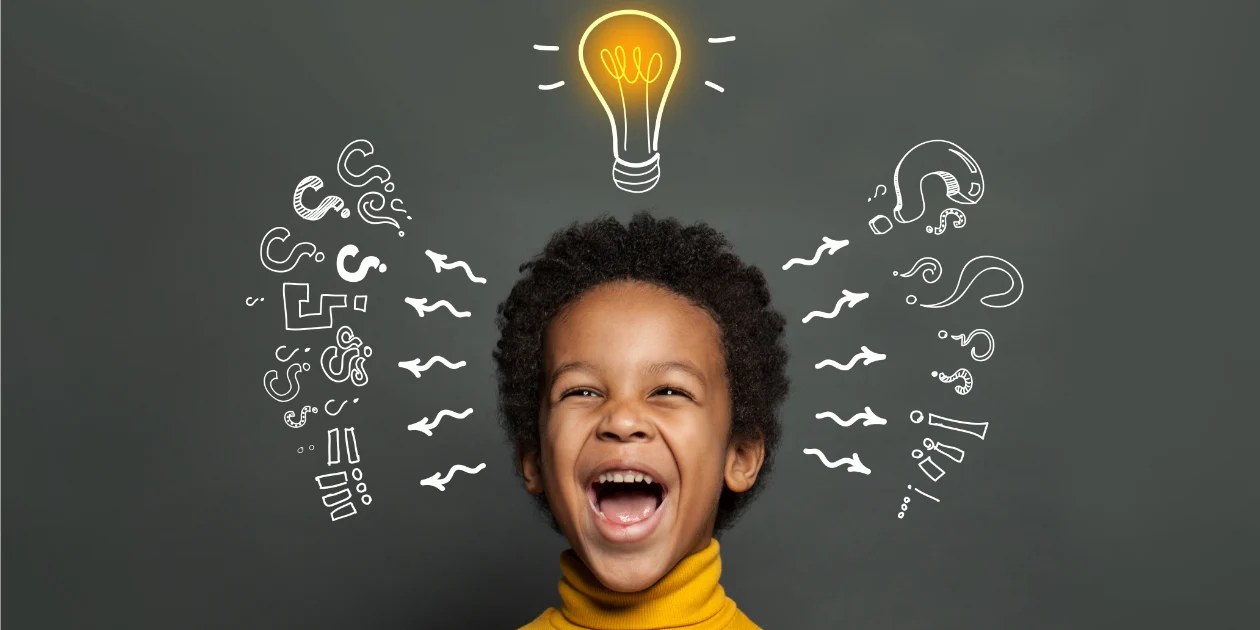
Learning and Activities
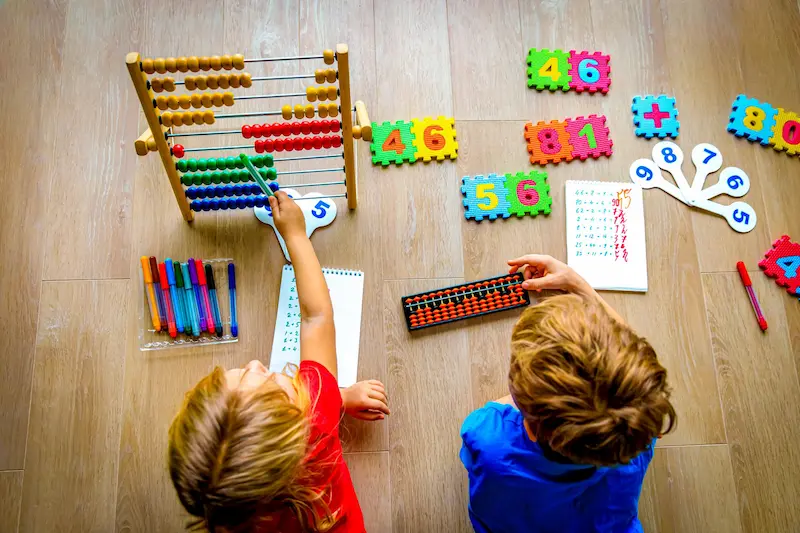
Kindergarten Around the World

Famous Kindergarten Alumni
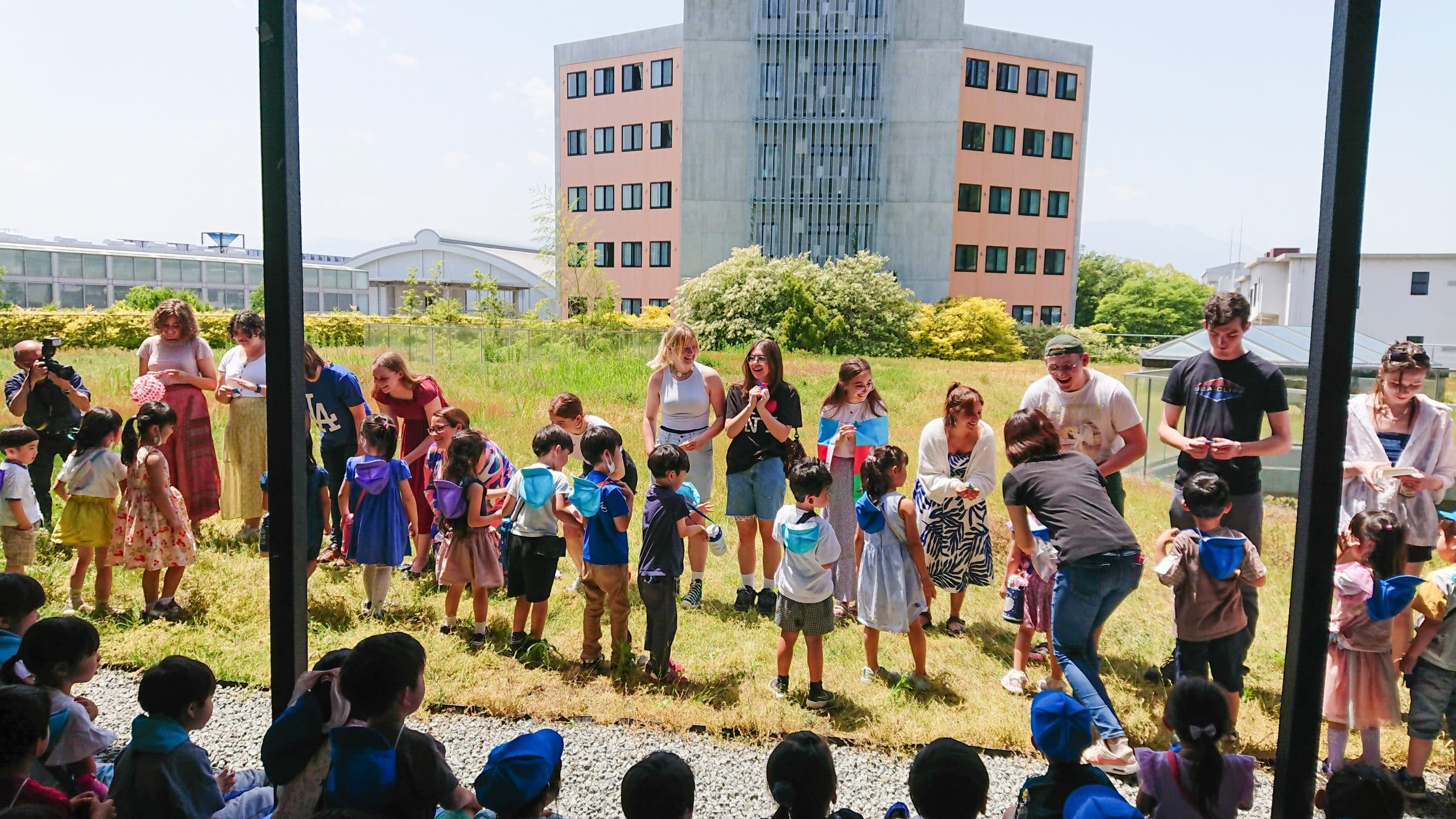
Kindergarten Teachers
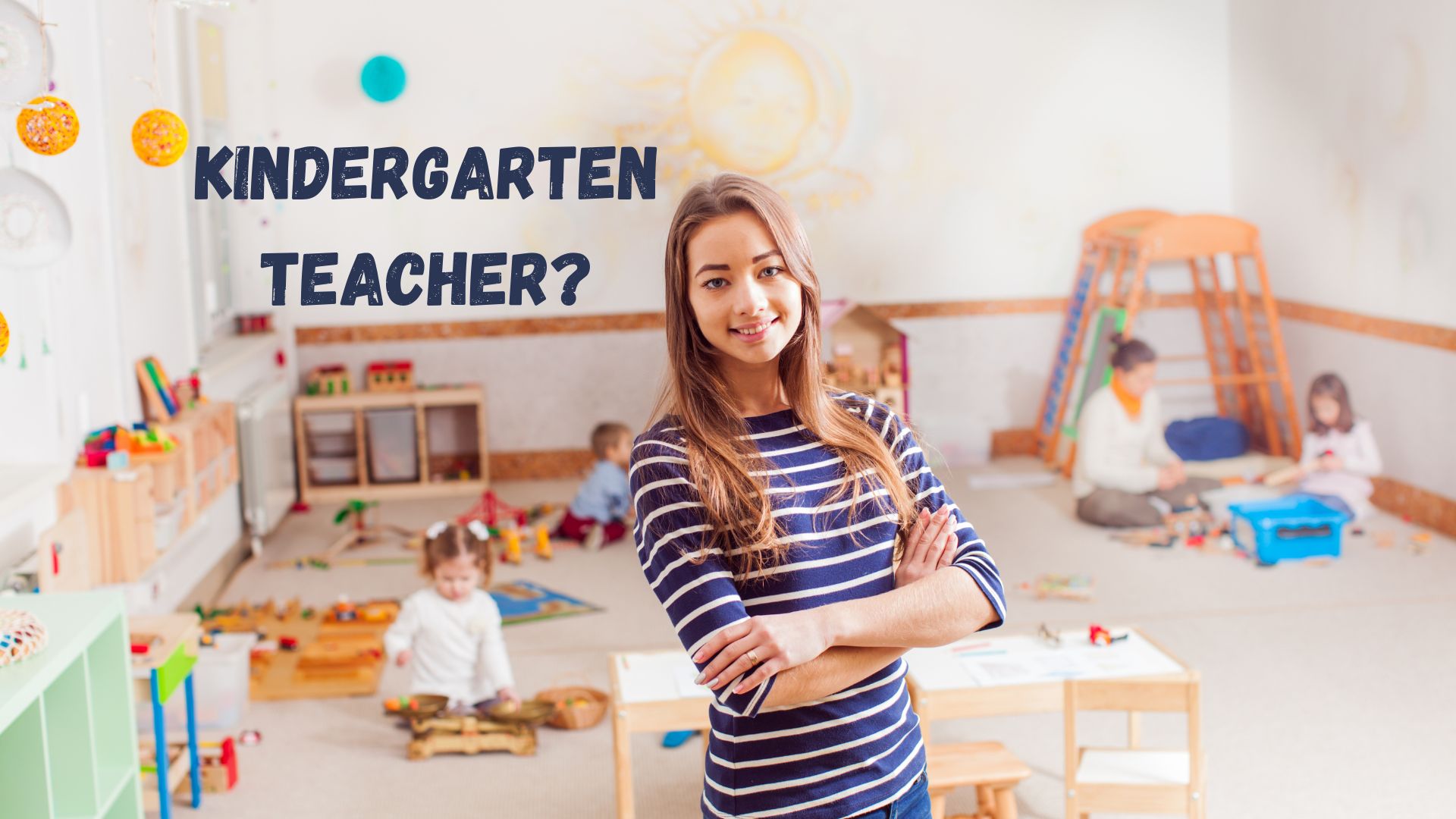
Fun Kindergarten Riddles and Jokes
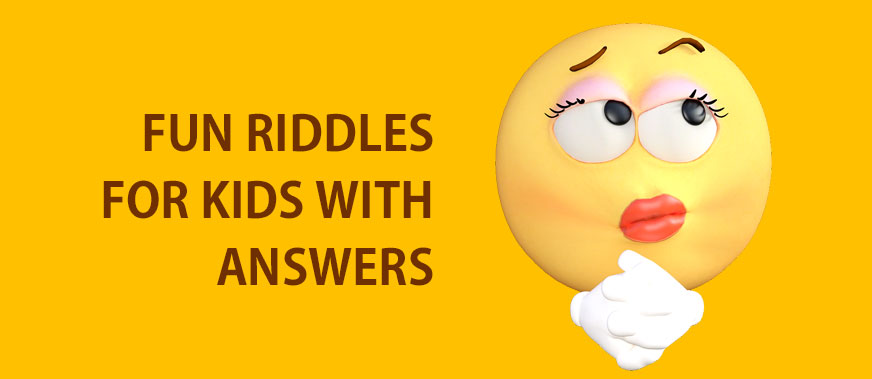
Conclusion
Lastly, we’ve journeyed through the history of kindergarten, uncovered fun facts, and discovered the learning and activities that shape young minds.
From the diverse kindergarten experiences around the world to the famous faces who once walked these halls, we’ve seen how kindergarten lays the foundation for a lifetime of learning.
And let’s not forget the dedicated teachers who make it all possible! As you reflect on these fascinating bits of knowledge, consider sharing your favorite kindergarten memory or trivia fact in the comments below.
Whether you’re a parent, educator, or simply a curious reader, we hope this article has sparked your appreciation for the magic of kindergarten.
Stay tuned for more engaging content that celebrates the joys of learning!

